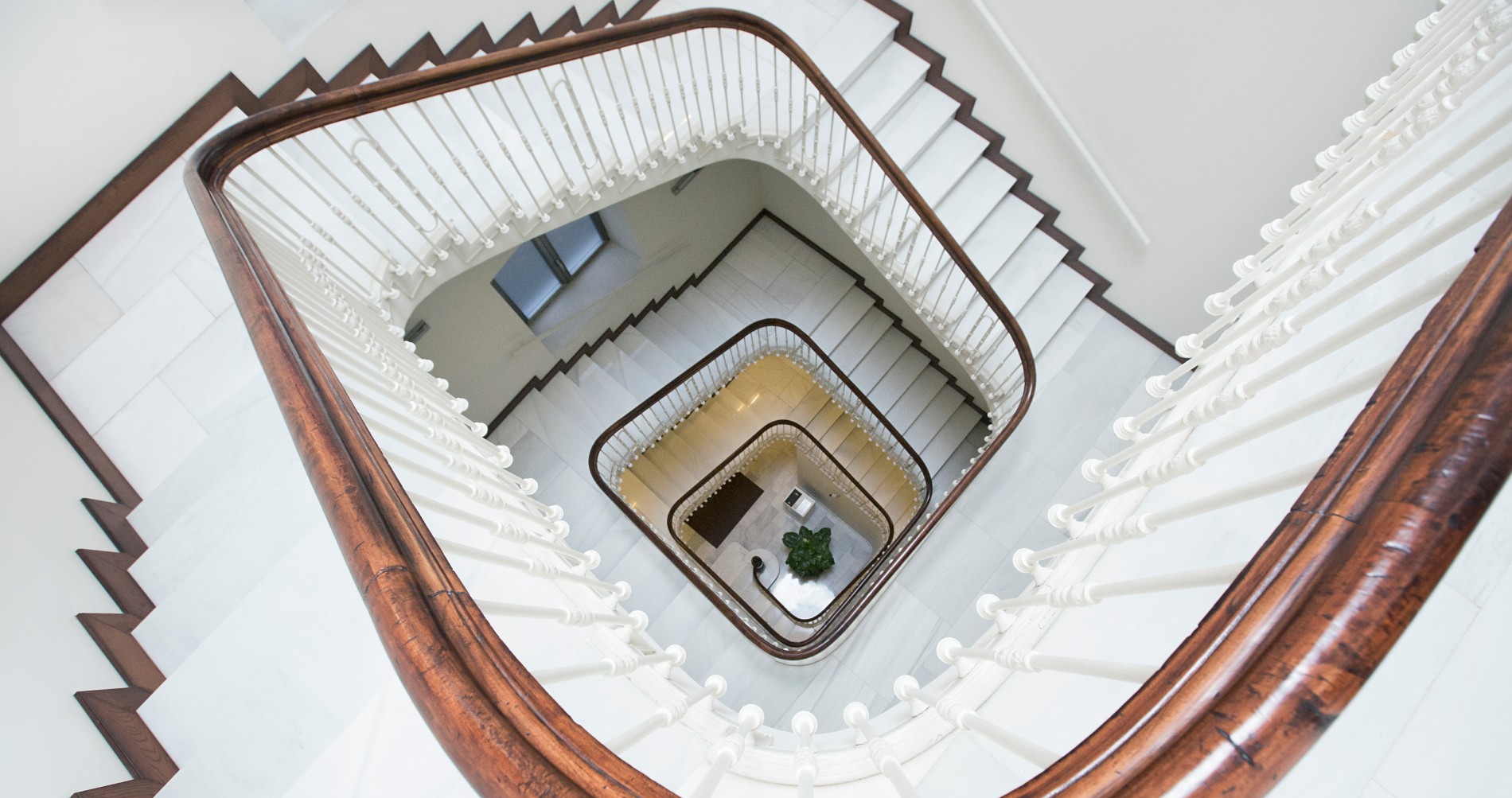The Archivo de Indias in Seville
The Archivo de Indias is situated next to the Cathedral, on Avenida de la Constitucion. This 16th-century building houses 80 million pages of documents and maps about the Indies, Spain’s mighty empire from the 16th, 17th and 18th centuries, providing the most complete and documented historical view (if not the most objective) of the Spanish administration of the New World. Open to the public, the Archive stages frequent exhibitions, and documents can be viewed for research purposes.
In 1987, the Archive was officially designated a UNESCO World Heritage Site, as part of thegroup of buildings which also includes the Alcazar and the cathedral.
Originally built as the Casa Lonja de Mercadores in 1573, it housed the merchants’ exchange. Merchants used to meet at the Puerta del Perdon, the gate leading out of the Patio de Naranjas of the cathedral, to haggle and make deals, until the church complained to the city authorities. The traders asked for appropriate premises where they could carry out their business.
Their financial and commercial transactions were providing Seville with its huge wealth during this period, so a headquarters for the merchants was essential to the city’s continued fortune. The Lonja was the place where dates were recorded, prices were set, and cargo was logged, for all merchandise brought back from the Indies – the closest thing to a modern-day stock exchange, and a place of frenzied excitement when news of ships arrived. The cargoes – of gold and silver, spices and silks – were brought back from the New World by ships, which arrived at the port on the Guadalquivir river.
Then, in 1680, the river silted up, and the Royal Fleet moved to Cadiz; in 1717, the trading house also went to the coast. The building was used a private residence for some years, until it was modified to house the Archivo General de Indias, founded in 1785. This archive was founded to group together all documents referring to the Indies in one place.
The square two-storey building, with galleries around a central patio, has several public spaces: one gallery on the ground floor, while a large part of the first floor is dedicated to exhibits for visitors.
The gallery on the ground floor houses a bronze cannon with a fascinating history. Made in Seville in 1616, it was used on a galleon which sunk in 1622 near Cuba. The ship was located in 1975, using documentation from the Archivo, its cargo of silver and gold coins recovered, and the weapon was returned to Spain in 1976.
The Lonja is famous for its magnificent red and white marble staircase which leads from the ground floor to the first floor. This was built with marble from Malaga, and is very impressive with its name plaque and royal crest carved in relief.
Upstairs, you can see maps dating from the 17th century of almost every Spanish colony, extending across the whole of Central and South America, and across to Asia: Argentina, Bolivia, Chile, Cuba, El Salvador, Guatemala, Haiti, Mexico, Peru, Panama, Paraguay, Uruguay, Venezuela, the Phillippines. It’s easy to forget the extent, power and wealth of the Spanish Empire back then.
You can watch an introductory film about the Lonja, in Spanish with English subtitles, in a small room at the far left-hand end of the first gallery you enter (it’s not signed). This describes the Archive as “the memory of the New World”, and reminds us that for many years, Seville was the only port licensed to trade with the New World, and it was therefore “the most important trading centre of the old continent”.
Exhibitions are often held in the Archivo, in the galleries around the central patio. They show documents which are normally stored away, themed around countries, periods, voyages, or other aspects of Spain’s colonial history.
RECOMMENDED ACCOMMODATION
Hospes Las Casas del Rey de Baeza
Categories: Blog



Leave a Comment